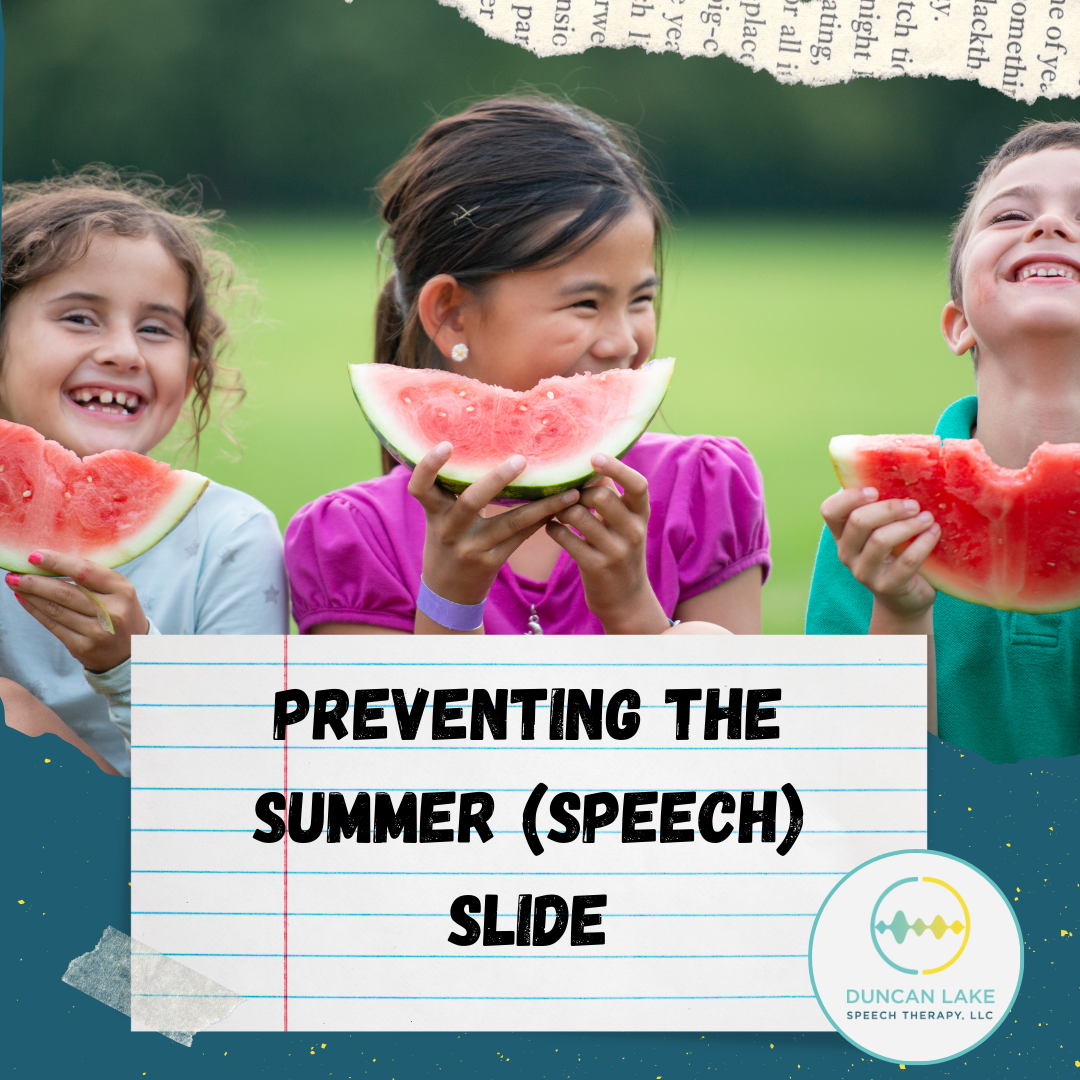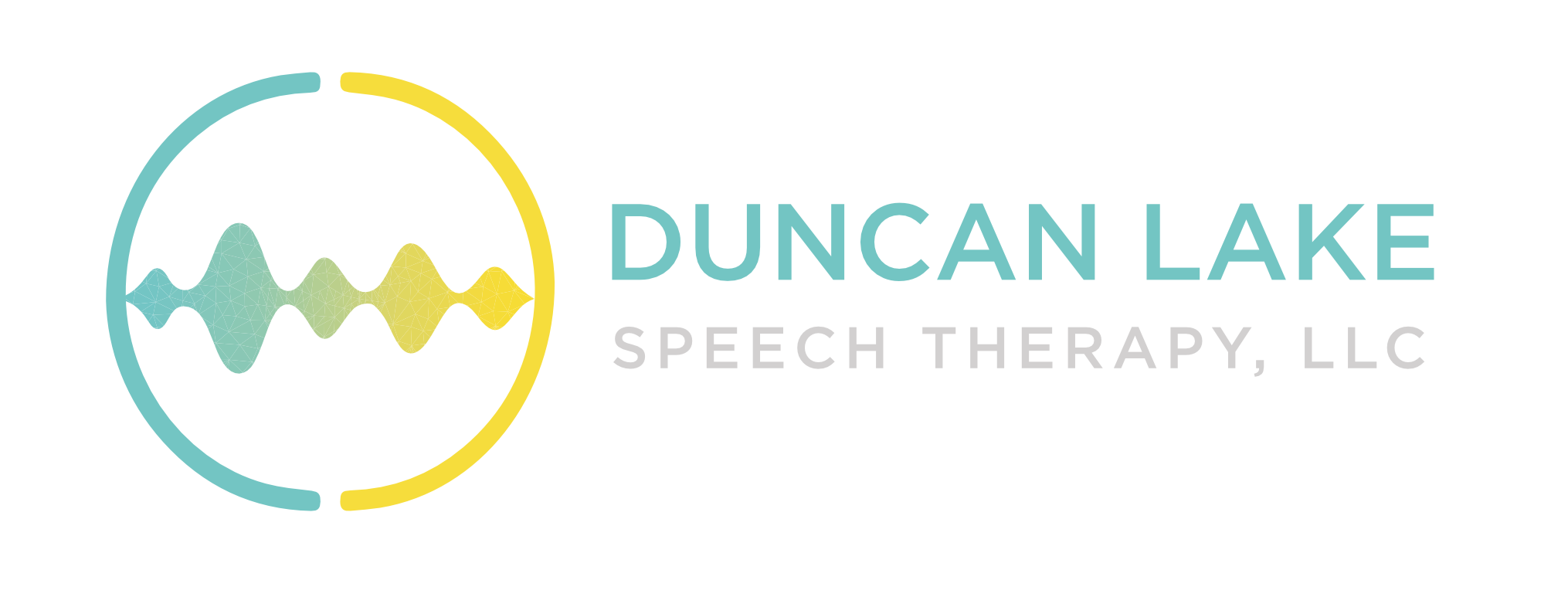
by Tami Teshima | Oct 6, 2020 | AAC
Today, we continue our Fall Language Series. Last week, we talked about language development at the apple orchard. This week, we’re taking it to the pumpkin patch, AAC style. For those of you who don’t know, AAC stands for alternative and augmentative...

by Tami Teshima | Sep 29, 2020 | Language Development
Like any red-blooded Midwesterner, I am a sucker for the fall. Call me basic, but there is something about this time of year that just makes me so happy. Maybe it’s the colors? Maybe it’s the sweaters? Whatever it is, I love it! Fall brings with it its own...

by Tami Teshima | Aug 18, 2020 | Teletherapy
Michigan friends, the school year is upon us. For many families, virtual school is the new reality. This means that speech-language services provided at school will now take on a virtual look. The good thing is that Duncan Lake Speech Therapy loooooves teletherapy....

by Tami Teshima | Jul 28, 2020 | Language Development
Michigan residents cling to summer weather like velcro. We only get about 4 months of sunshine, so we spend all the time we can outside during the summer. The outdoors can be a great place to work on building your child’s language skills (as we already know)....

by Tami Teshima | May 27, 2020 | Uncategorized
Friends, we have made it to the end of the school year School is OUT (or almost out)! Let’s take a moment to celebrate this fact! (Time yourself – one minute, please.) You should certainly celebrate this accomplishment, but for our friends with speech...







Recent Comments